Your Child Will Learn
How to respond to spoken information, and vocabulary words for rooms in our house
Here’s What to Do
- Throughout the day, talk about the names of the rooms we’re in. Ask me to find things or people in various rooms.
- Play “hide and seek” in different rooms. Pick a room you’ll hide in and tell me where you’ll be. Tell me to wait until I call your name and ask me to find you.
- Switch roles- tell me what room to hide in, then go and look for me.
Put PEER Into Action
PAUSE
- Get down on my level and give me a hug.
ENGAGE
- “Can you bring your cup into the kitchen? It’s in the living room on the table.”
- “I’m going to hide in the bathroom. Wait until I say ‘Olivia! Find me!’ and then come and find me in the bathroom. Okay, wait here until you hear ‘Olivia! Find me!”
ENCOURAGE
- “Hmmm, I’m in the bathroom but I don’t see you yet. Can you come look for me in the bathroom?”
- “Ooops! You went into the kitchen but you were supposed to go to the family room. Let’s go to the family room together.”
REFLECT
- Are there any rooms whose names I don’t seem to know yet? Say their names throughout the day to help me learn.
Not Quite Ready
Continue to use the names for each of the rooms in the house in daily conversation. Over time, I will begin to understand.
Ready for More
Ask me which objects belong in which rooms. Like: “What room has the fridge?” “Where could we find a toothbrush?”
As Your Child Masters This Skill
They will respond to spoken directions and understand the names of rooms in your home.
Time to Complete
15 minutes
Materials Needed
None
